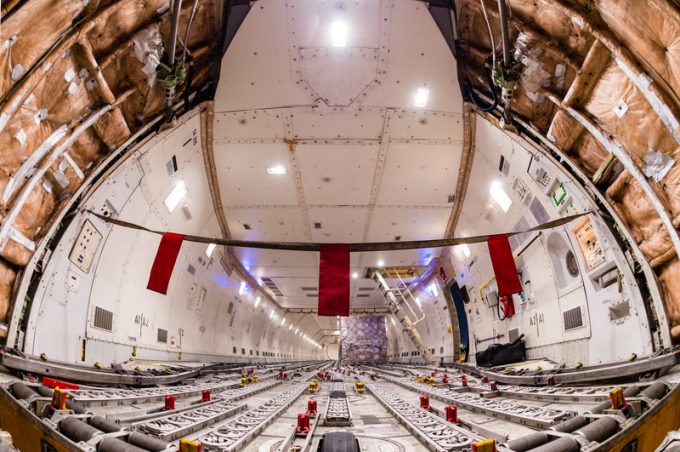Fred Smith – the man who made the impossible, possible
A bright legacy

Even with 21% of the fleet parked, freighters will continue hauling a large share of global airfreight as the growth in bellyhold capacity slows, according to Tom Crabtree, MD of air cargo research and consulting firm Transport Research Advisory.
“All major tradelanes ...

Comment on this article